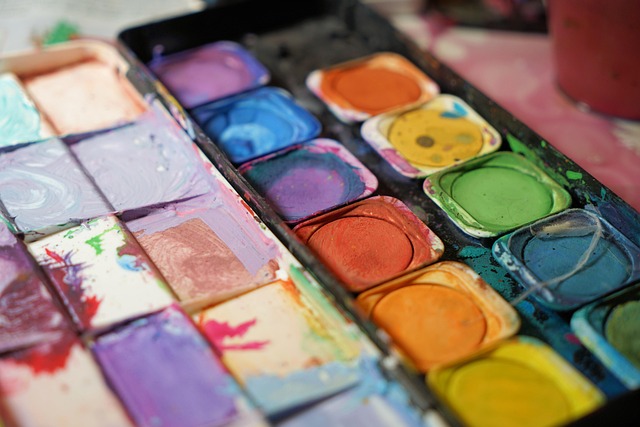Crafting Captivating Textures: A Guide to Texture Creation in Graphic Design
In the realm of graphics, texture creation is more than just an aesthetic choice—it’s an invitation to feel the design, to engage the senses beyond what meets the eye. When you come across a graphic that seems to whisper stories or evoke moods, chances are, the textures woven into its fabric played a silent yet powerful role.
Texture creation allows graphic designers to breathe life into flat surfaces, transforming them into tactile experiences that resonate visually. Whether it’s the rough grain of aged paper, the sleek sheen of polished metal, or the soft fuzziness of fabric, textures add depth and dimension that captivate attention and stir emotions.
Embarking on texture creation begins with observation. Every surface around us offers clues: the crackled bark of a tree, the intricate weave of a basket, the playful ripple of water. Capturing these nuances in your design helps build authenticity and relatability, bridging the virtual with the tangible.
Digital tools have made it easier than ever to experiment with textures. Software like Photoshop and Illustrator offer brushes, overlays, and blending modes to craft intricate textures that complement your artistic vision. Layering these elements mindfully can guide the viewer’s eye and establish a compelling focal point.
But texture creation is not just about technical proficiency; it’s about mood and storytelling. The right texture can evoke nostalgia, excitement, tranquility, or chaos. It helps communicate the essence of your message, making your design not only seen but also felt.
As you dive into your next project, remember that texture creation is an invitation to explore the senses within the visual medium. Let your creativity roam freely, and weave textures that tell stories, evoke emotion, and immerse your audience in your graphic masterpiece.




